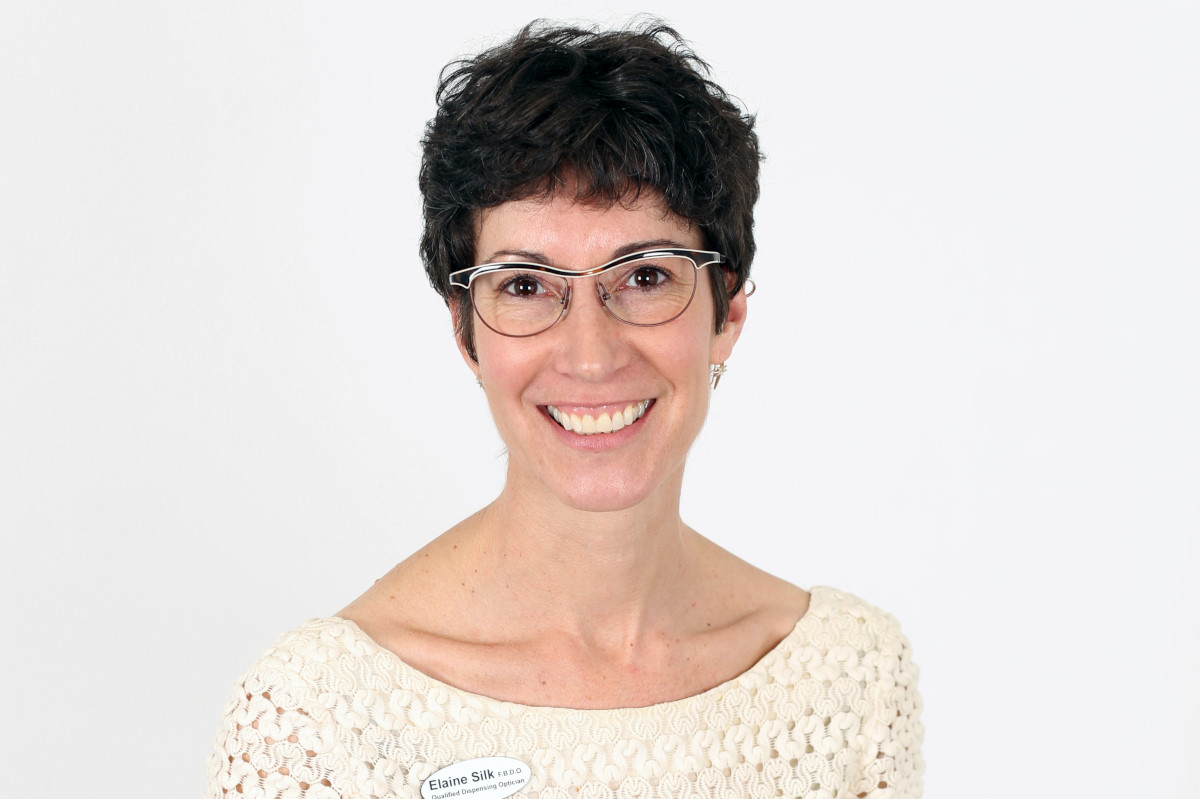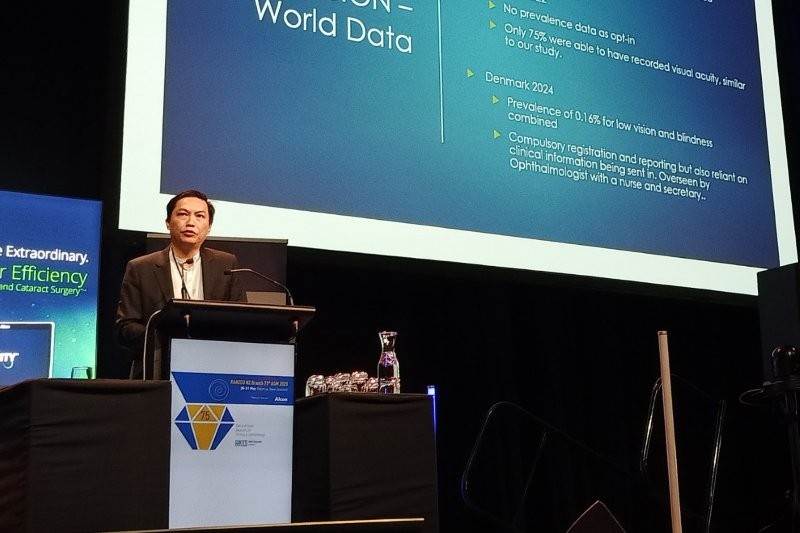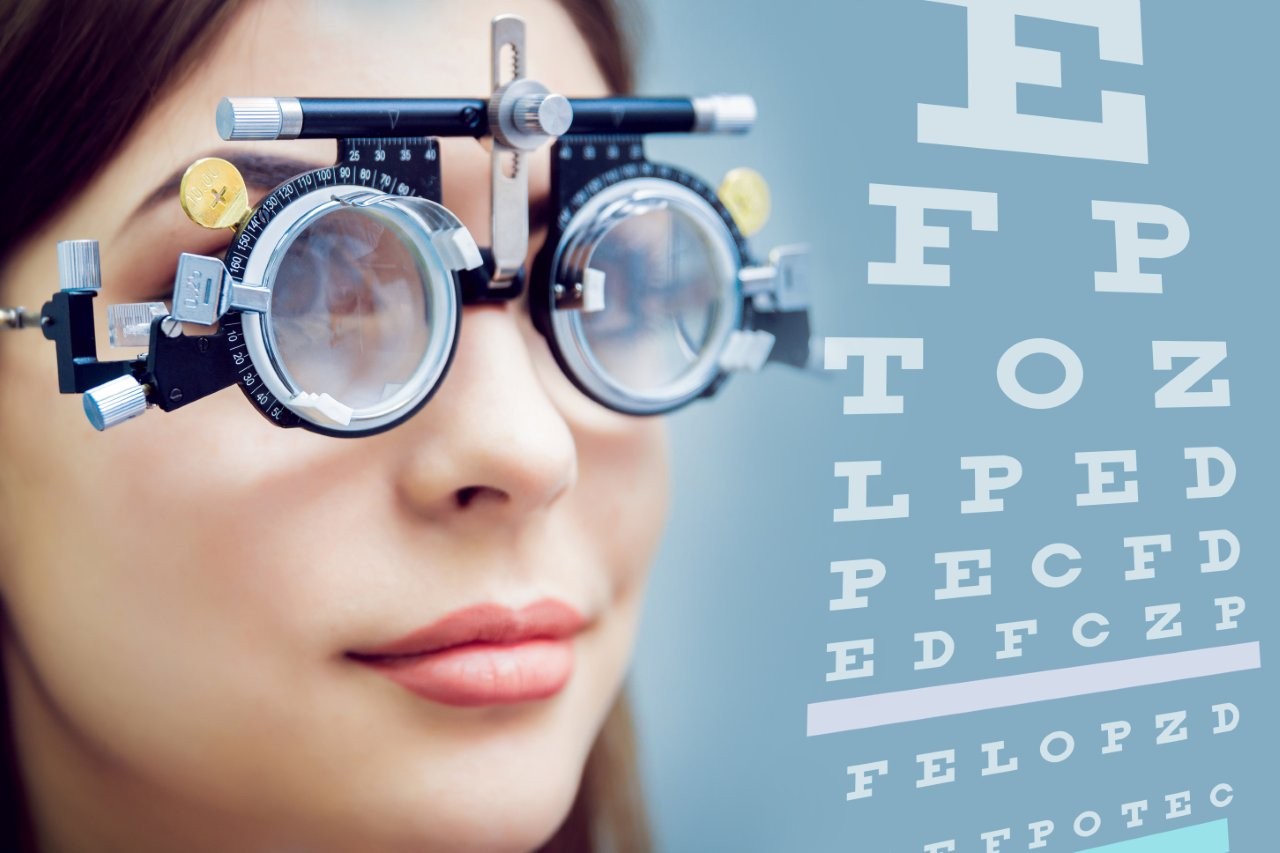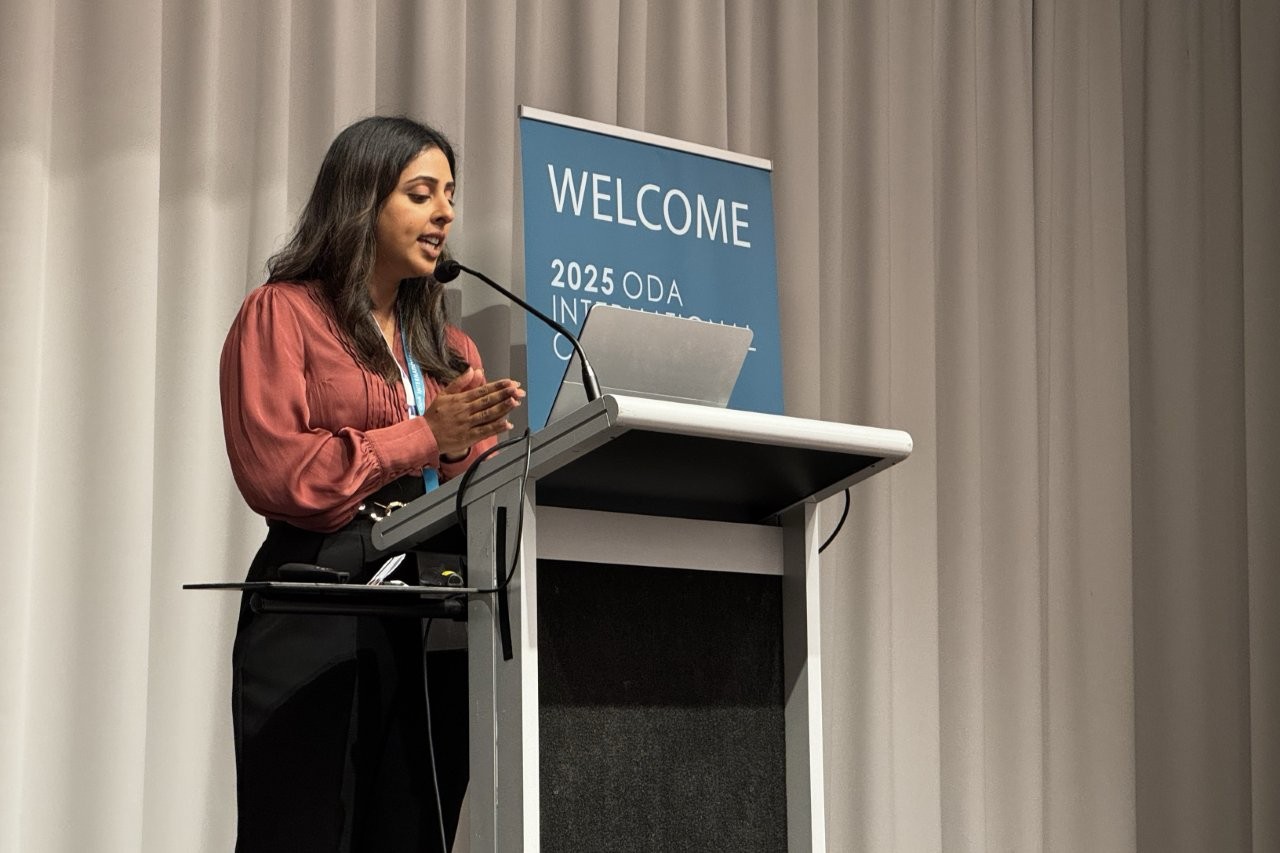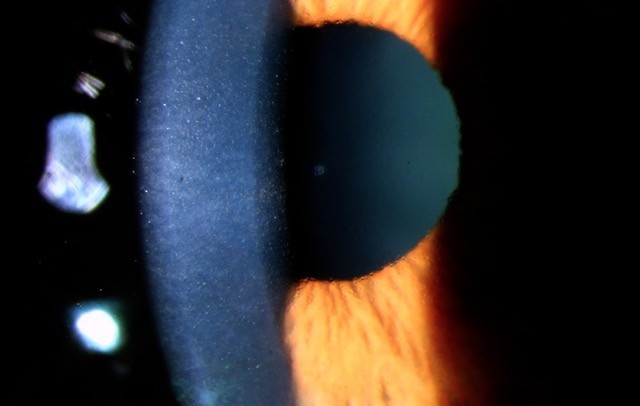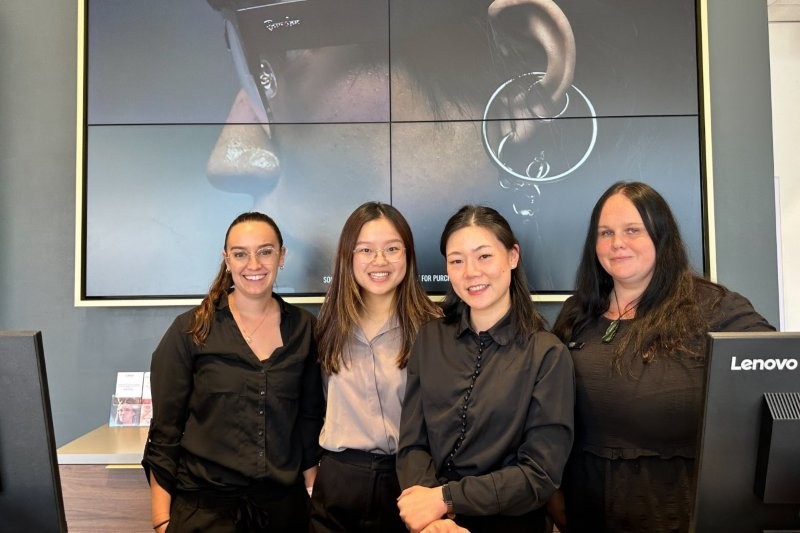Perception is reality
We all tend to like things that appear shiny and new, but with the cost and upheaval that comes with a refurbishment, combined with forever-changing interior styles, it’s no surprise many practice owners find it difficult to plunge into a major renovation.
Numerous studies have shown that the vast majority of people are influenced by the appearance and perceived image of the establishments they frequent. If the environment appears run down or dated, this (even if subconsciously) suggests the business is going backwards not forwards and, perhaps more importantly, indicates that if no care is taken over presentation, then what else is being overlooked?
These visual cues can lead to the belief that clinical standards and diagnostic equipment are also dated and by the same token the frame selection on offer. Isn’t it logical to assume that if the interior is dated, then so is everything else?
Of course, often the reverse is true, and the practice may have invested significant dollars in diagnostic equipment or stock the very latest frames at the expense of their practice interior and frame displays. Unfortunately, this is not what the potential patient perceives as they walk on past to a more inviting practice.
Major retailers freshen up their stores every seven years or so, showing the public that they want them to shop in a fresh, clean, contemporary environment.
Like it or not, optometry practices are perceived by the public as retail establishments, and retail design continually reinvents itself. Optometrists don’t have to be right up there with the big retailers, but I suggest every 10 years or so should be the maximum period between refits.
Industry studies show practices which have undergone a refit can expect about a 30% increase in sales, improving their bottom line immediately without increasing overheads.
According to the larger European practice design companies, the average time to recoup expenditure is between 12 to 18 months. In some situations, there may be the option to lease the payment over a number of years – a full fit out is a significant capital investment, akin to purchasing an OCT, and you may also be able to claim tax relief on the investment and the interest.
In some cases, the existing fittings are of high quality and a rip out and start again approach is unnecessary. In these situations, I recommend a de-clutter, deep clean and professional repaint of the existing cabinetry. This, partnered with improved lighting, a fresh paint job and new upholstery can transform a tired-looking practice. Sometimes we overlook something as simple, yet powerful, as a fresh coat of paint.
What styles are currently in vogue? It’s hard to generalise as it ranges from vintage chic to ultra-contemporary. I believe the most important thing is to make sure that whatever style you choose, it works with the building and the client base you want to attract.
People often ask about practice layouts. Is there a design that works better than any other? I’ve worked on projects where the reception was placed at the front of the practice and others where it was set at the back. Again, it depends on the business: for a small community practice where people pop in to say ‘hello’, you’d probably want to place the reception at the front, but in a city centre practice, you might consider locating it at the back to allow patients time to engage with the eyewear on display before approaching reception.
Currently, there is movement towards making the dispensing area more private by tucking it away from the bustle of the rest of the practice or by using high screen walls, designed so people don’t feel they can interrupt the dispenser when they are with a patient, but without blocking off the whole space. This also makes the patient feel they are getting more focused attention.
What’s next? I think the trend to display fewer frames will continue. Most independents prefer to show what they have effectively, with eyewear displayed in an uncluttered way to highlight each piece, rather than presenting a profusion of frames on vertical rods.
Another trend involves practices moving to provide a more seamless dispensing experience using mobile eftpos and portable tablets, reducing the traditional reception desk to a meet-and-greet counter. While I hope to see an increase in the use of biophilic design, incorporating natural materials, natural light, vegetation and other experiences of the natural world into optometry interiors.
About the author:
Elaine Silk is a freelance designer and locum dispensing optician. She combines these skills to create practice designs that are visually engaging and clinically efficient. Her experience on the practice floor enables her to understand the individual needs of each practice owner and create a design reflecting their needs. For more, please contact Elaine at elaine@elainesilk.co.nz or on 027 510 8265.










